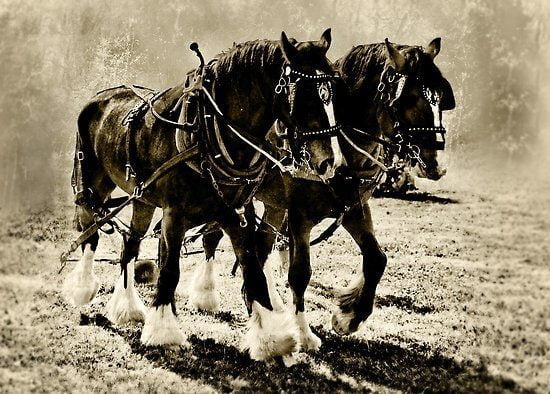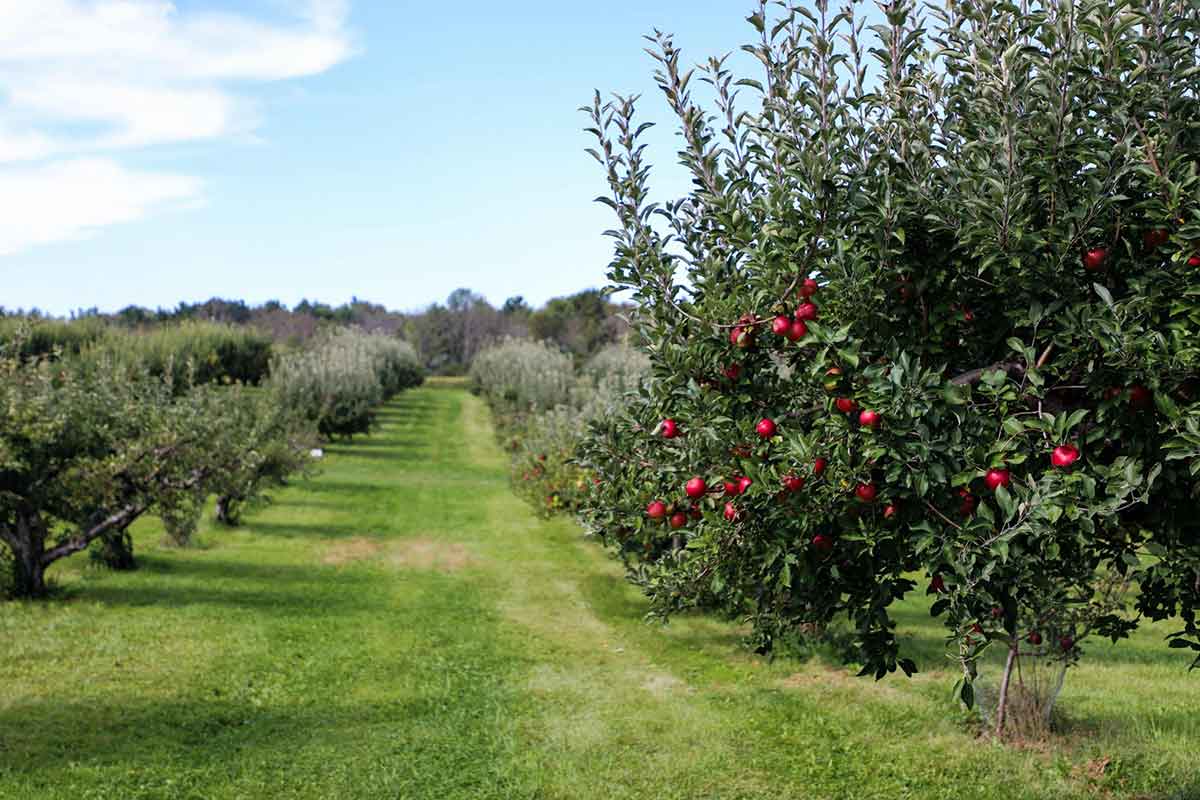With it being the 75th Anniversary of VE Day, we thought we would have a look into how tractors were used in the war.
At the beginning of the First World War tractors took on a huge importance as Britain struggled to boost its home-grown food production. Our country had become heavily dependant on food imports, and Germany aimed to sink ships containing supplies and other essentials in order to starve the country into submission. During 1917 (the U-Boats, Germanies campaign to sink our ships peak year) they destroyed 3.3m tonnes of British cargo ships.
Ploughing more land to help with supplies became one of the governments priorities, but this was proving difficult as large numbers of horses and men were leaving to join the front line. Instead they ordered large numbers of tractors from American companies to help with Britain’s needs.
Another job for tractors was haulage work for the Army. Horses did most of the hauling, but they used steam traction engines for heavier goods. They then found that steam traction engines used large amounts of coal and water and tractors were increasingly preferred.
Tractors also helped with a major role in development of the worlds first tank. The earliest ancestor of the tank was a tractor built by Richard Hornsby & Sons of Grantham, Lincolnshire. The company made farm machinery and steam traction engines and in 1896 it demonstrated one of the first British-built tractors. Powered by a single-cylinder engine, it was designed for haulage and powering a belt drive for threshing and was advertised in 16, 20, 25 and 32hp versions.
It became the first tractor to win a Royal Show silver medal, but it was years ahead of its time. It attracted only one UK customer, a Surrey landowner who was the first person in Britain – and probably the first in Europe – to buy a tractor. About four Hornsbys were exported to Australia.
Following many attempts to sell tractors to the army they weren’t interested and complained about the exhaust fumes and the fear the noise brought onto the horses. When the Army belatedly decided to restart the development programme, they turned to American companies for help with an evaluation programme that included Holt, Bullock Creeping Grip and Killen-Strait crawler tractors. A first batch of 42 Mark 1 tanks was ready for action in France in September 1916. Each tank carried eight men, weighed 27t and was powered by a 105hp Daimler engine, and the tracks could cross a 3m wide trench.
There were, inevitably, design faults, including poor reliability and the slow forward speed, but the ability to break through the trench system was a significant contribution to winning the war and provided a huge morale boost for the soldiers and for their families in Britain.








